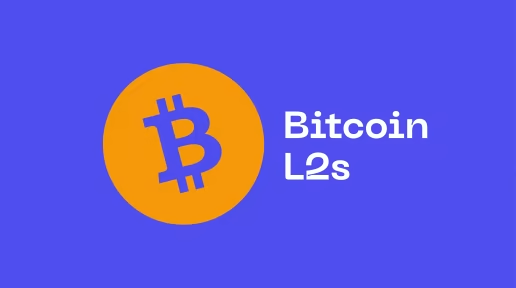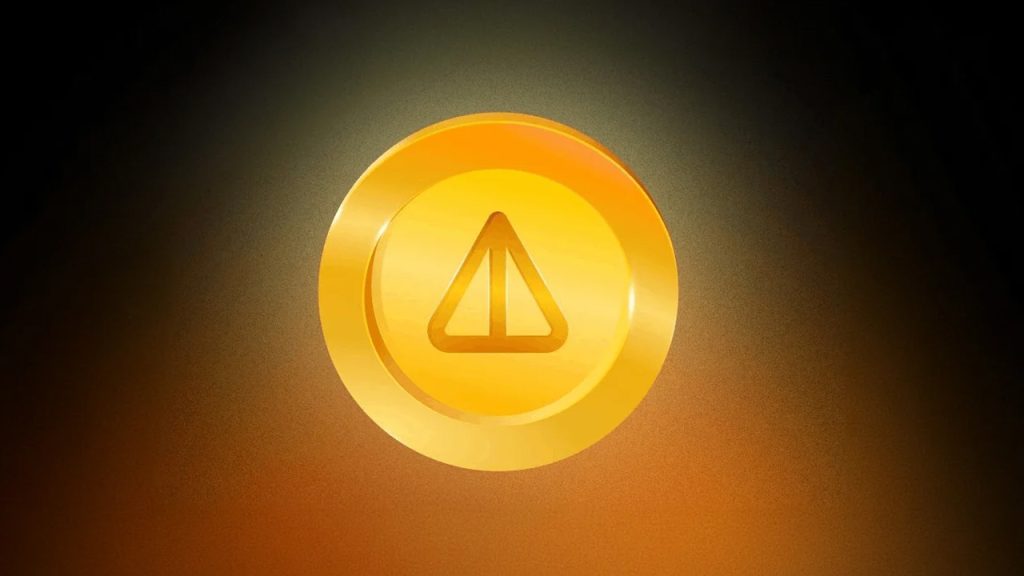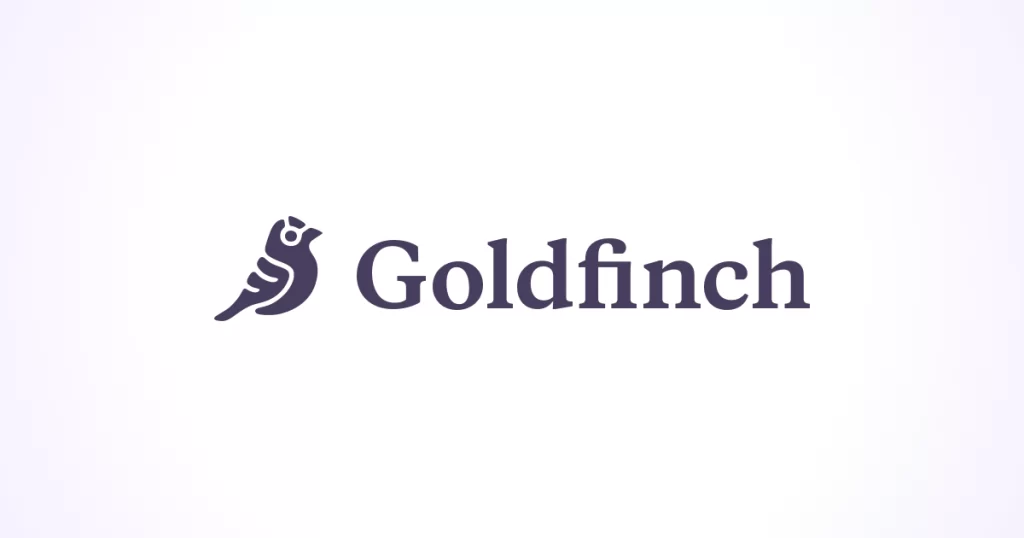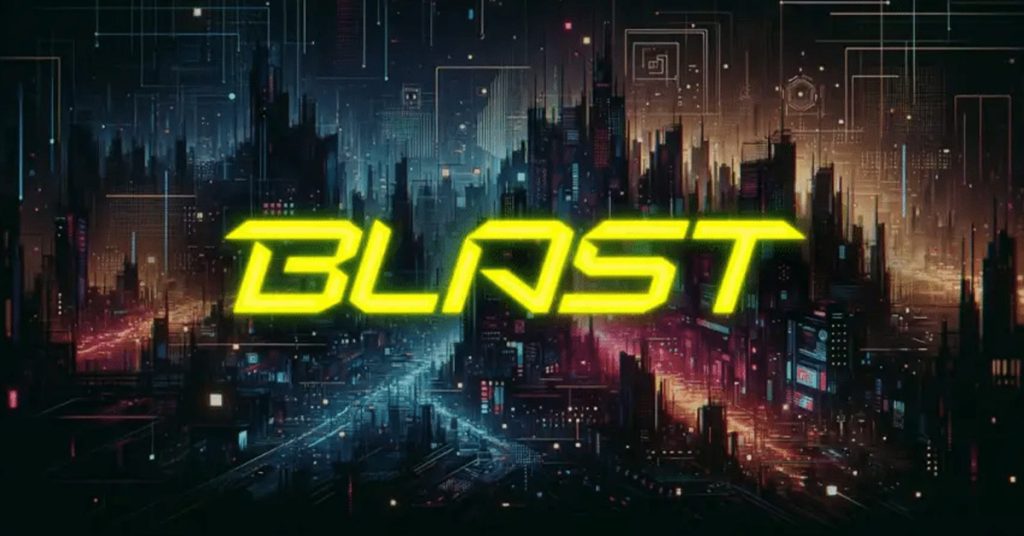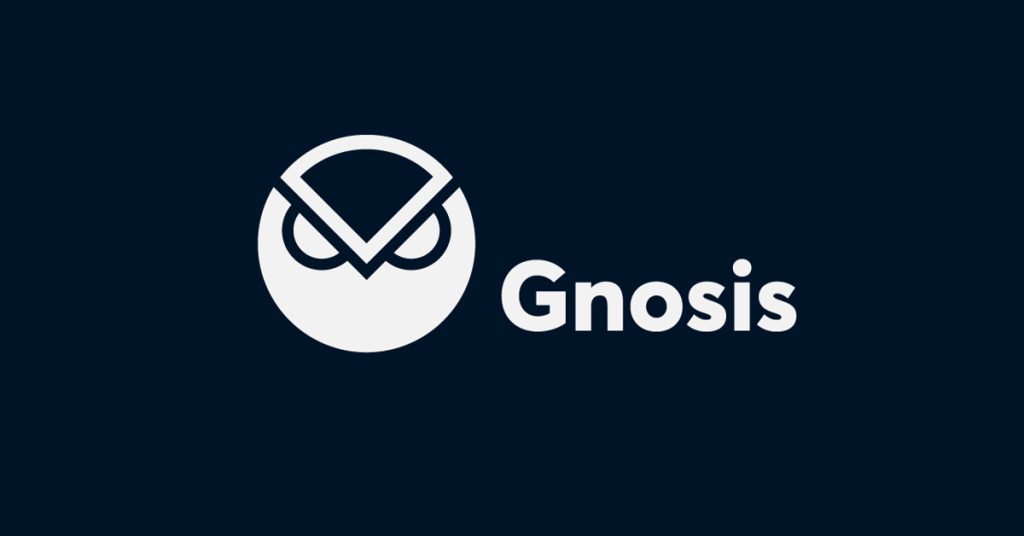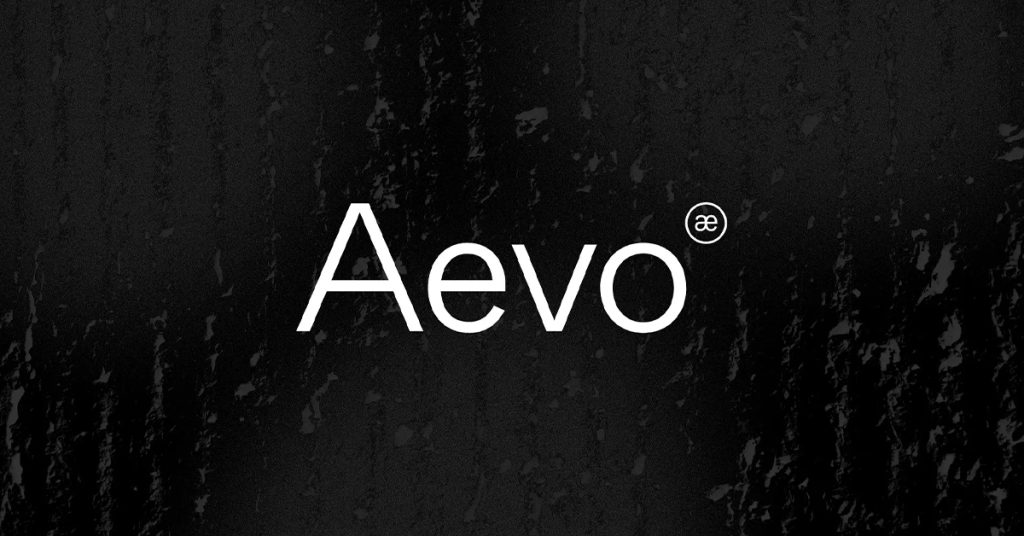ArcBlock – A Web Service For Blockchains
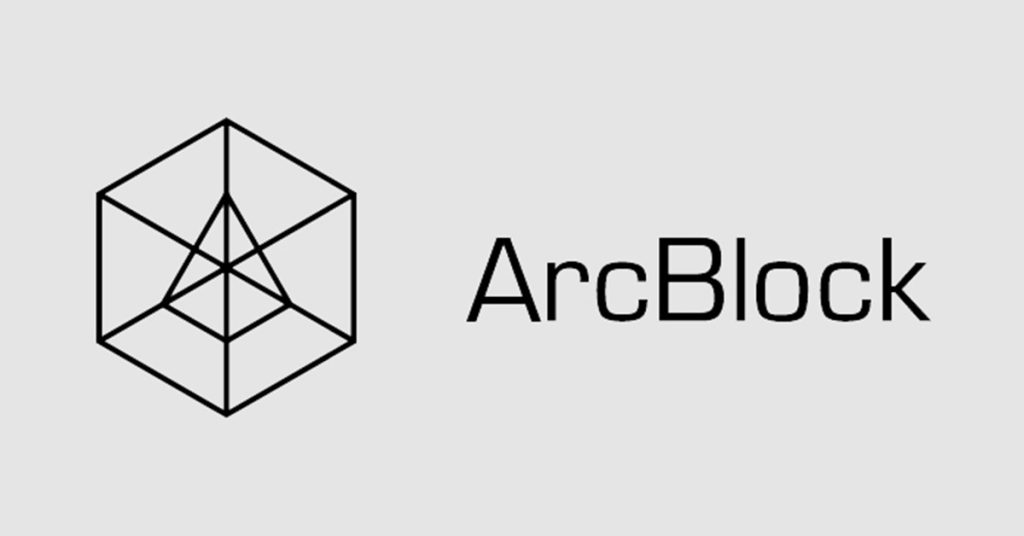
TL;DR
ArcBlock is a web service for blockchains that’s exploded over the past few weeks. Jumping up more than 400% in less than 14 days the price of ArcBlocks ABT token has exploded in value. But, the truth is that few in the community are familiar with ArcBlock or know that it’s been in development since 2017. Looking past the recent hype, this week's review will dive deep into the ArcBlock project to discuss what it does and what’s in store for future holders.
Lately, the focus of crypto growth has revolved around the Development of Layer 2 Networks that help scale the current Layer 1 landscape. As such, bridges designed around these Layer 2 Ecosystems have taken up a large portion of the narrative.
Being able to move assets from one network to another is certainly important. But, what's becoming more important is having the ability to launch any application or blockchain without worrying about storage limitations or development experience.
This is the role ArcBlock is looking to play in the crypto marketplace. Providing an Amazon Web Service equivalent for blockchain networks. Allowing applications launched on one network to also interact with others via ArcBlock nodes.
What is ArcBlock?

It’s been 7 years since the ArcBlock project was first announced and its ICO whitelisting process began.
Raising what most would consider a menial amount when it comes to crypto development, ArcBlock started its journey with $1.5 Million in funding from a group of unknown


